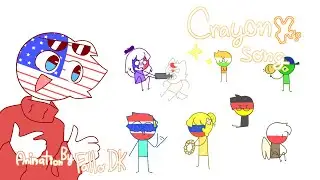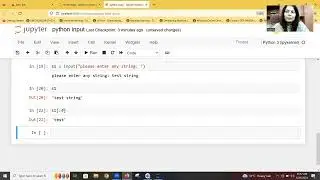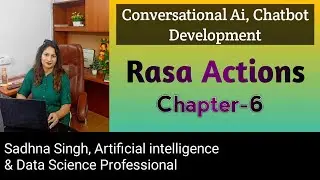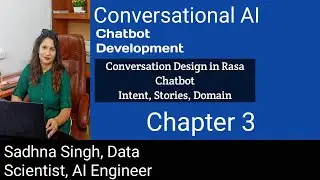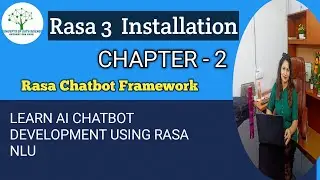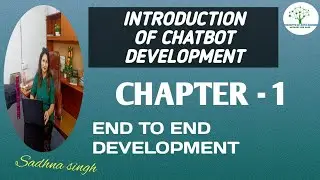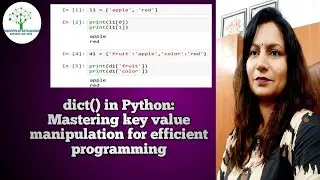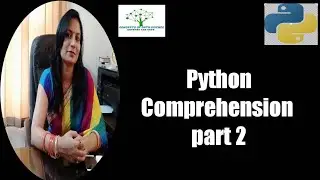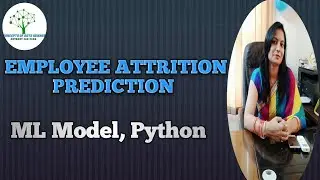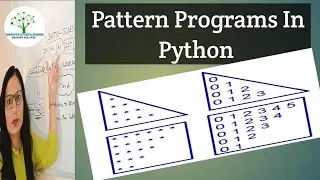Conversational AI Using Rasa Framework | Chatbot Development | Intent, Stories, Domain
In Rasa, an intent is a key concept used to represent the goal or purpose behind a user's input or message in a chatbot conversation. It is the fundamental building block for understanding user intentions and providing appropriate responses.
When a user interacts with a Rasa chatbot by sending a message, the NLP (Natural Language Processing) engine of Rasa tries to identify the intent of that message. The intent represents what the user wants to achieve or communicate through their input. For instance, if a user types "What's the nearest pizza place?", the intent of their message is likely to be something like find restaurant
In Rasa, a story is a representation of a conversation between a user and a chatbot. It is a sequential and structured way of describing a dialogue flow, including the user's intents and the corresponding bot actions. Stories help in training the chatbot's dialogue management system, allowing it to learn how to respond appropriately based on the user's inputs.
A story consists of a series of steps, where each step represents an interaction turn between the user and the chatbot. Each step contains two main components:
User Input: This represents the user's message or intent that initiates the conversation.
Bot Action: This represents the action the chatbot should take in response to the user's input.
In Rasa, a domain is a central component of a chatbot that defines the key elements of its conversational capabilities. It acts as a blueprint for the chatbot's behavior and includes important information such as intents, entities, actions, templates, and slots. The domain serves as a single source of truth that guides the chatbot in understanding user inputs and generating appropriate responses.
Here in this video we will cover the intent , story , domain with example in chatbot

